|
Since the glut of juveniles at the beginning of August, finding a Caspian Gull in London hasn't been an easy task. Repeated visits to Erith Pier drew a blank into mid-September and the bird I had on Thursday was the first showy individual I've seen for a number of weeks. As it happened, that was a precursor to a productive Saturday afternoon at the pier, which produced no fewer than four first-winters. The first of these was probably the least impressive. I picked it up at around 500 m range as it came to scraps being thrown out by an old lady some way upriver of the pier. In flight it looked a great Caspian Gull, with noticeable pale underwing and crisp tail band. However, by the time I'd walked round to the bird and managed closer views, I was significantly less impressed. The boldly marked greater coverts aren't typical of Caspian and my guess was that it perhaps has a bit of Herring in it somewhere. That said, everything else looks good for Caspian and the bird has even moulted a few lesser coverts already, with these apparent in the deck shot below. I headed off to get some food for 20 minutes. In the meantime Jamie had arrived and located a first-winter Casp straight away. It transpired to be X09J, a bird that has been regular around the Thames over the past 10 days or so and had previously spent some time at Cromer, Norfolk. It's a bird from the notorious Laussig hybrid colony and isn't the best-looking Casp but, having actually seen it in the flesh for the first time, it's better than I'd been giving it credit for. The third bird was the best of the bunch. It was absolutely stunning on the deck: beautiful white head, distinctive face, textbook plumage with diffuse pale fringing to the greater coverts and and classic tertial patterning. The retained juvenile scapulars had that uniform mouse-brown look to them, too. In flight it was quite mucky, with the underwing fairly dark and the uppertail with plenty of barring. The fourth and final bird was an absolute unit. Jamie picked it up on the water at distance and, because of its bulk, was initially unsure on whether it was a cach or mich. Scapular and covert patterns, plus the facial expression, certainly favoured the former and that was confirmed when it did a brief fly-past at the pier. Other bits of note during the Saturday included a Norwegian-ringed juvenile Great Black-backed Gull. Black 'JJ285' was ringed at a nest approximately 10km west of Bergen on 23 June 2019 and was still in that area on 21 July. My sighting was the first away from here. Small numbers of Yellow-legged Gulls remain around the Thames, most of which are first- or second-winters, albeit with the occasional older bird around.
1 Comment
You can tell it's autumn: the weather is confused. Wet and windy for periods today, yet humid and still really quite warm in the intermittent sunshine, it was one of those days where you constantly taking layers on and off while in the field. I headed over to Erith Pier for a few hours this morning to see what was happening with the gulls. It was a blustery day with intermittent heavy squalls, during which the wind would really pick up – but there were also sunnier and calmer periods, too. There were plenty of gulls to look through and I was only about 20 minutes in to the session when a first-winter Caspian Gull suddenly appeared, quite innocuously, among the melee, having sneaked in unannounced as they often do. It was quite a delicate bird: small, elegant and lightweight looking, with a long bill and small head. Plumage wise it was nice, with an almost complete set of moulted scaps and a very white-headed look. The underwing could have been cleaner but, overall, it was a pretty pleasant bird. Unfortunately it appeared during a dull spell and only hung around for about five minutes before flying upriver, meaning photo opportunities weren't as good as they can be here. Shortly after the Casp, a tight flock of at least 45 terns flew past heading upriver. The calls of both Common and Arctic were clear and, while most of the birds were the former species, around a dozen of the latter were intermixed. A little later in the morning, at around 11:40, a couple of Sandwich Terns also appeared off the pier. Evidently the changeable weather had generated some sort of tern movement, something noted at other sites both around London and across the Midlands. Yellow-legged Gull numbers have evidently fallen away but, as is typical as we go into autumn, small numbers do persist and birds of all ages were seen today, even if my total did not exceed five ... a few Common Gulls were about, too.  1cy Yellow-legged Gull, Erith Pier, 26 September – note the already extensive covert moult 1cy Yellow-legged Gull, Erith Pier, 26 September – note the already extensive covert moult Both species of seal also put in appearances during the morning, with a particularly impressive bull Grey causing havoc among the gathered gulls. Leaving the pier at midday, I did the usual tour of sub-sites along the drive back towards Central London. A Grey Seal and a 2cy Yellow-legged Gull were off Princess Alice Way, Thamesmead – the latter a bird I've seen here before – and a ringed 2cy Common Gull came to the offerings at King Henry's Wharf, Woolwich. White 'JC973' is Norwegian, having been ringed on as a chick on an island on the outskirts of Oslo, and was seen as a first-winter in February just a mile or so away at Thames Barrier Park by young Dante. It was then in The Netherlands in April. Final stop was just upriver of the Thames Barrier by the Anchor & Hope pub. A 2cy Yellow-legged Gull put in a brief appearance but, once again, there was no Casp – bear in mind that this site sits directly opposite Thames Barrier Park, it's amazing to think none the East London gullers have seen one here yet, despite small numbers of large gulls present on every visit. Nonetheless, an adult Sandwich Tern heading upriver here at 13:04 was a real bonus and a great end to a surprisingly decent day of London birding.
The August bank holiday weekend coincided with some excellent, 'drifty' weather. With the forecast looking good for some early-autumn migration several days in advance, I planned a couple of visits to the White Cliffs/Langdon Hole area – alone on the Saturday and with Rich Bonser on the Monday. Happily the promised conditions held true and, although it was roasting hot on both visits, migration was very much in evidence and each venture proved rewarding, with two very enjoyable mornings of birding. Pied Flycatcher was, as it was across many areas, the species of the weekend, with my Saturday visit producing five and, on Monday, an impressive seven. Bird of the weekend, though, was a pristine young Red-backed Shrike which we found early on the Monday morning. There's a really picturesque valley just north (ie inland) of Fox Hill Down, itself above the White Cliffs car park, that is dotted with hawthorn bushes, fence lines and weedy areas, and it looks excellent for migrants. I've always fancied it for a shrike, but didn't expect one on only my fifth visit to this area. First noted perched atop a bush on the far side of the valley, right at the limits for my binoculars, I could only make out a shape and assumed it might be a Northern Wheatear sitting up to take in the first rays of the morning sun. Then it sallied, quite unlike a wheatear, and a shrike seemed the most logical conclusion ... something backed up when Rich arrived with his camera, took a record shot and zoomed in (my camera screen is still well and truly broken). Eventually we managed considerably closer views, watching this superb bird happily feeding some 15 metres away and staying loyal to the single, isolated hawthorn. Later in the morning, by which point it had attracted a small twitch, it had moved a bit further up the valley, but still remained distant from the roadside. We were also fortunate to be underneath a couple of Dotterel that moved eastwards and out to sea over Langdon mid-morning on 26th, with Rich hearing the call and me picking up the birds in flight simultaneously. A couple had been seen in fields the previous day but soon headed off and we presume this two to have been a different pair, given that this is a traditional exit point for the species toward staging sites on the near continent and that they seemed to go straight through and out to sea towards France. A good selection of warblers included both Common and Lesser Whitethroats in pleasing numbers. The latter especially is a great bird in autumn, with the fresh, silvery plumage always making them look rarer than they actually are! Overhead, small numbers of Yellow Wagtails were passing on both visits, with a couple of Tree Pipits also noted on the Monday. Overall, it made for a great couple of days of early-autumn birding. Things had quietened down somewhat by the following weekend in the Langdon Cliffs environs, with the number of migrants noticeably down. Nonetheless, a few Whinchats were seen, both in the Hole and from Reach Road, as well as one or two Common Redstarts and a Pied Flycatcher. As an aside, it was nice to find both a single flying adult and plenty of eggs of Long-tailed Blue on the Kent coast over the bank holiday weekend. Location details unfortunately cannot be revealed due to the sensitive nature of the site.
|
This pageThe musings of a wildlife enthusiast, usually armed with his camera. Archives
September 2023
|
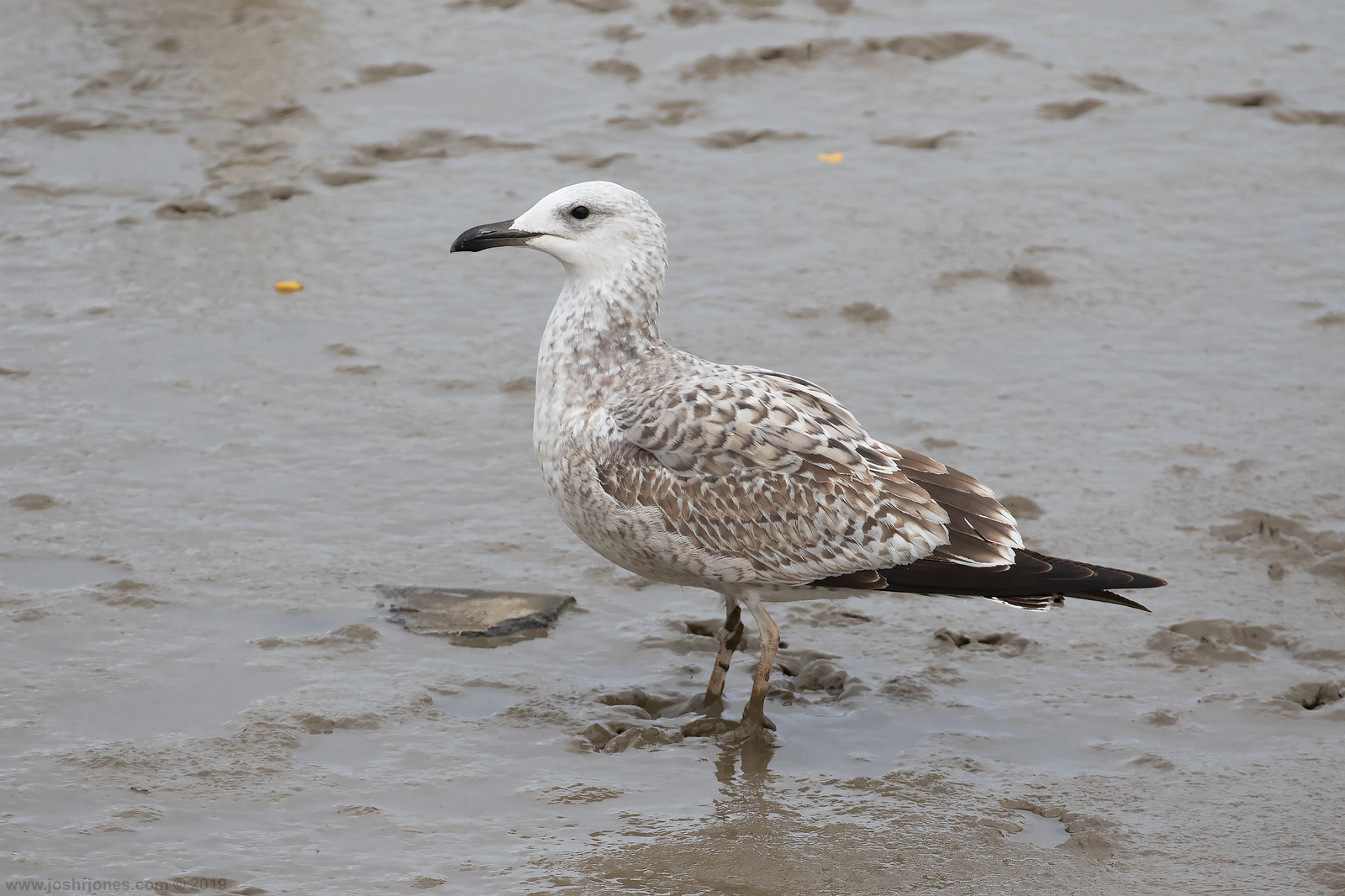


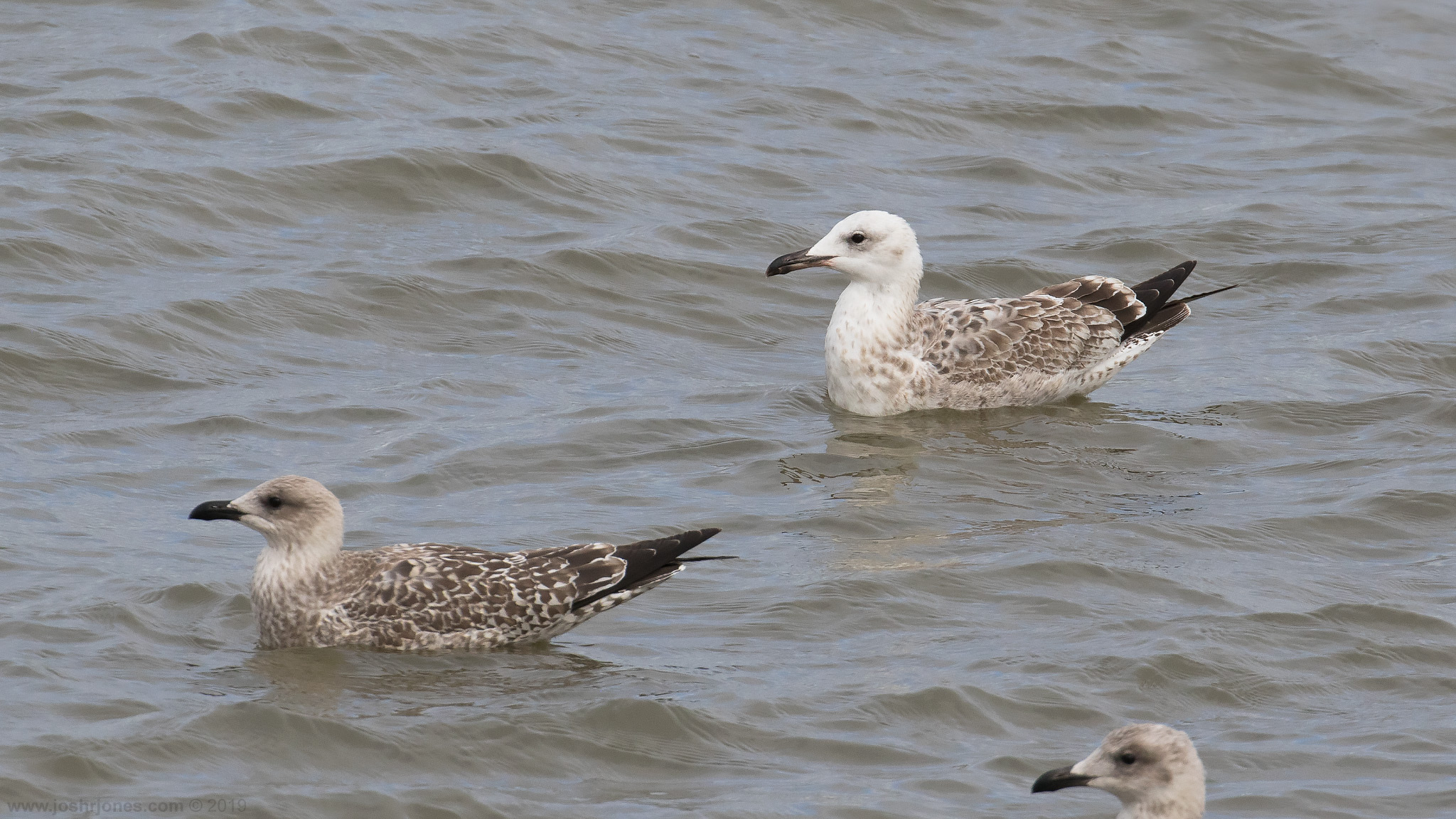

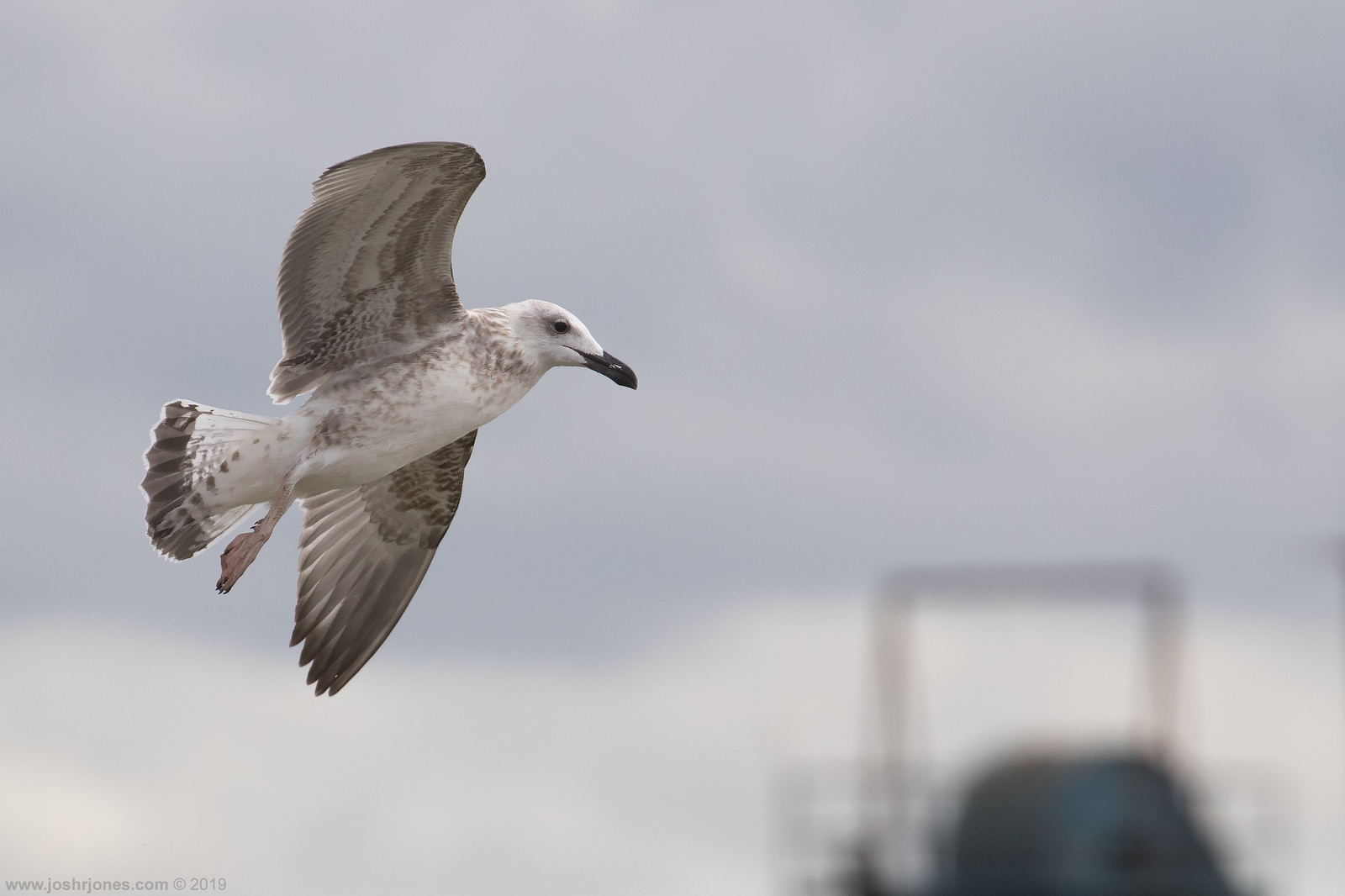
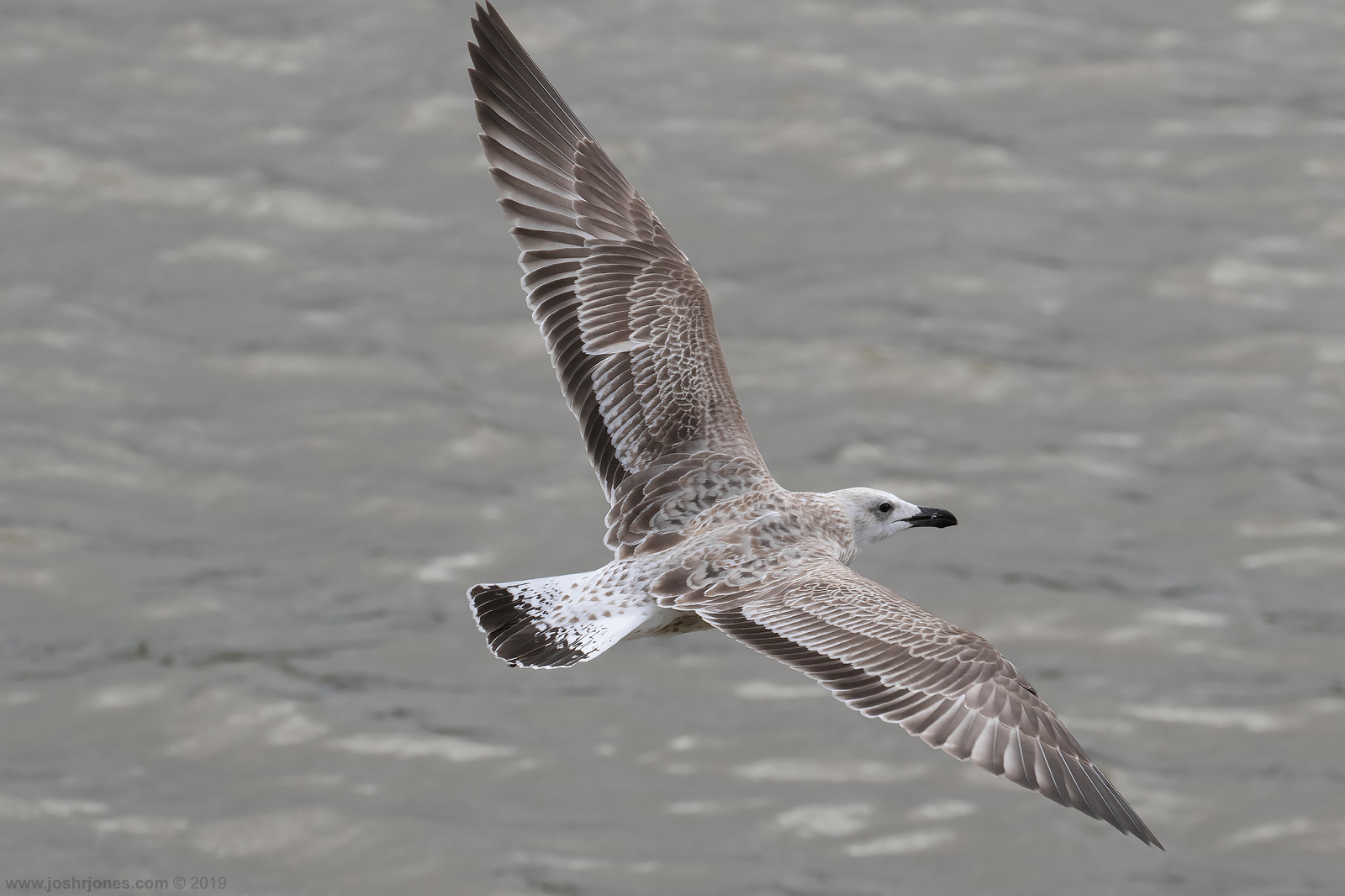

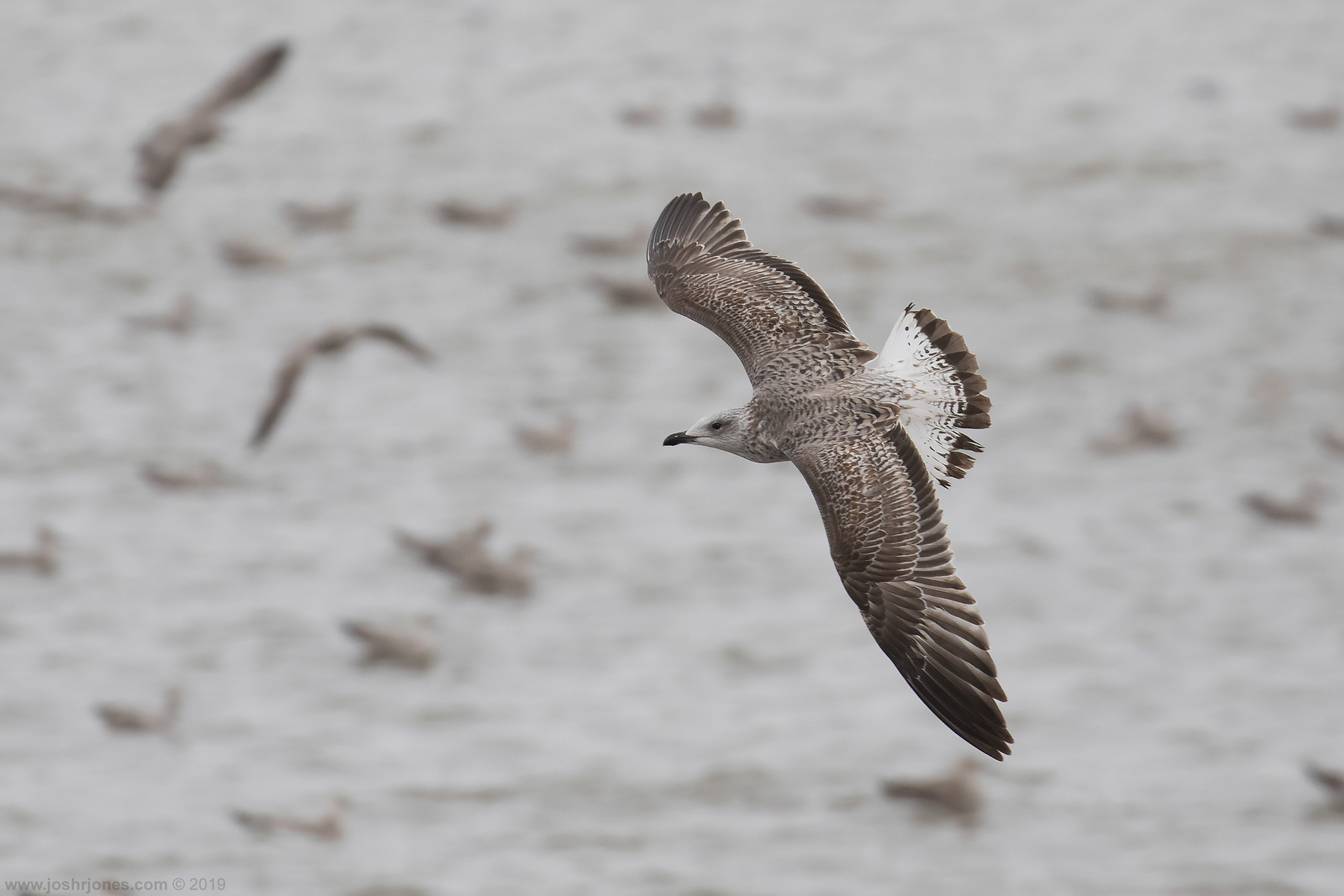

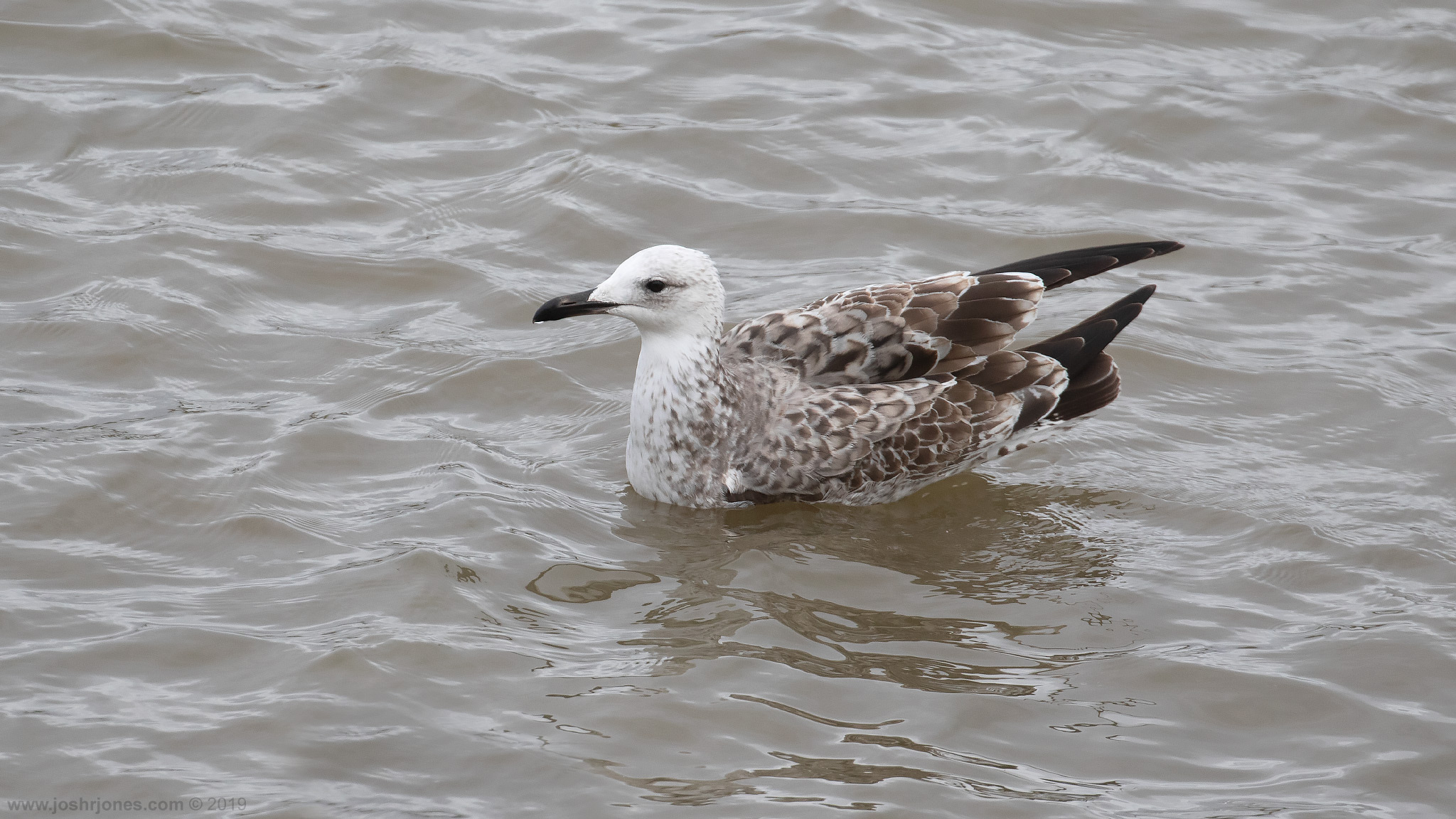
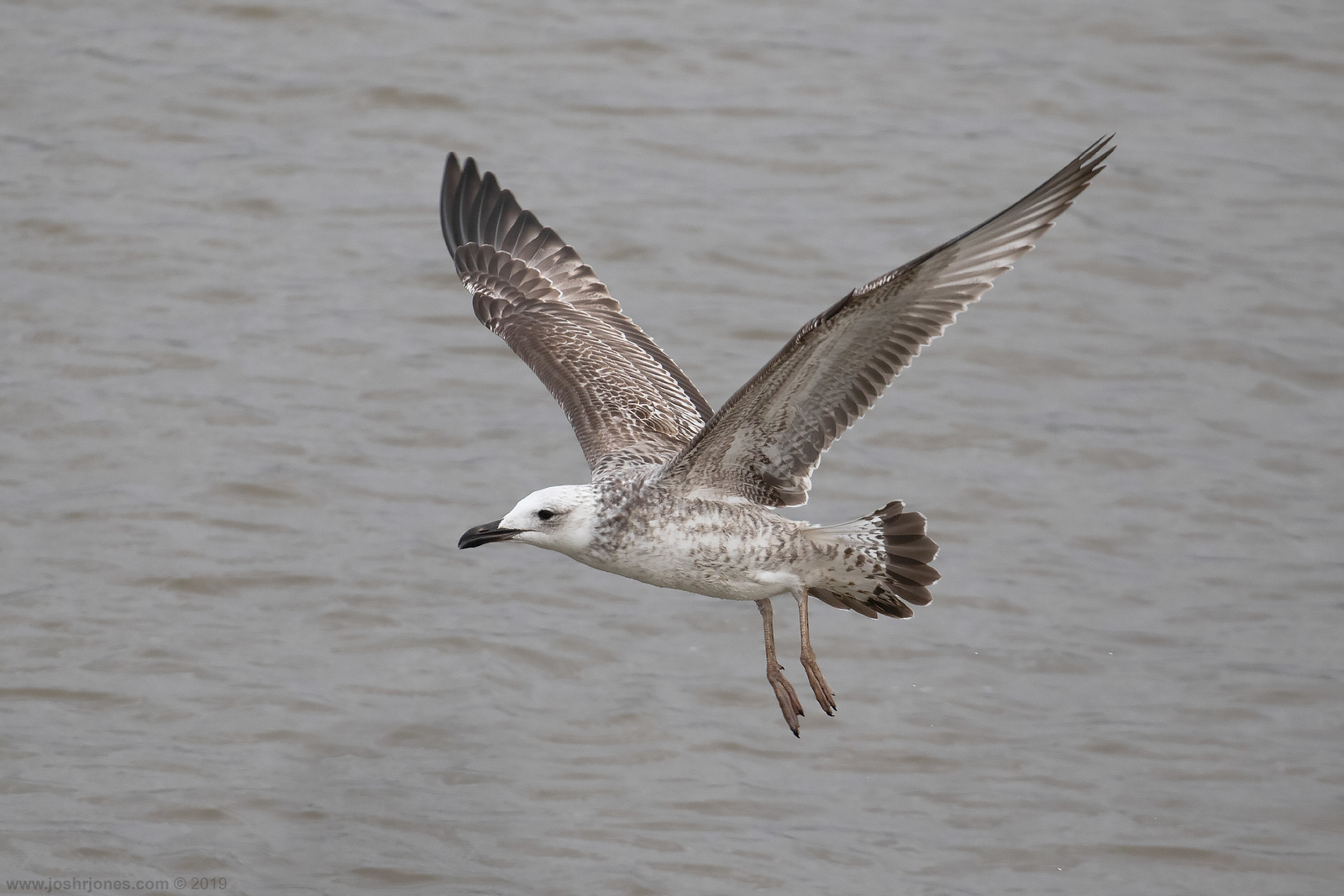
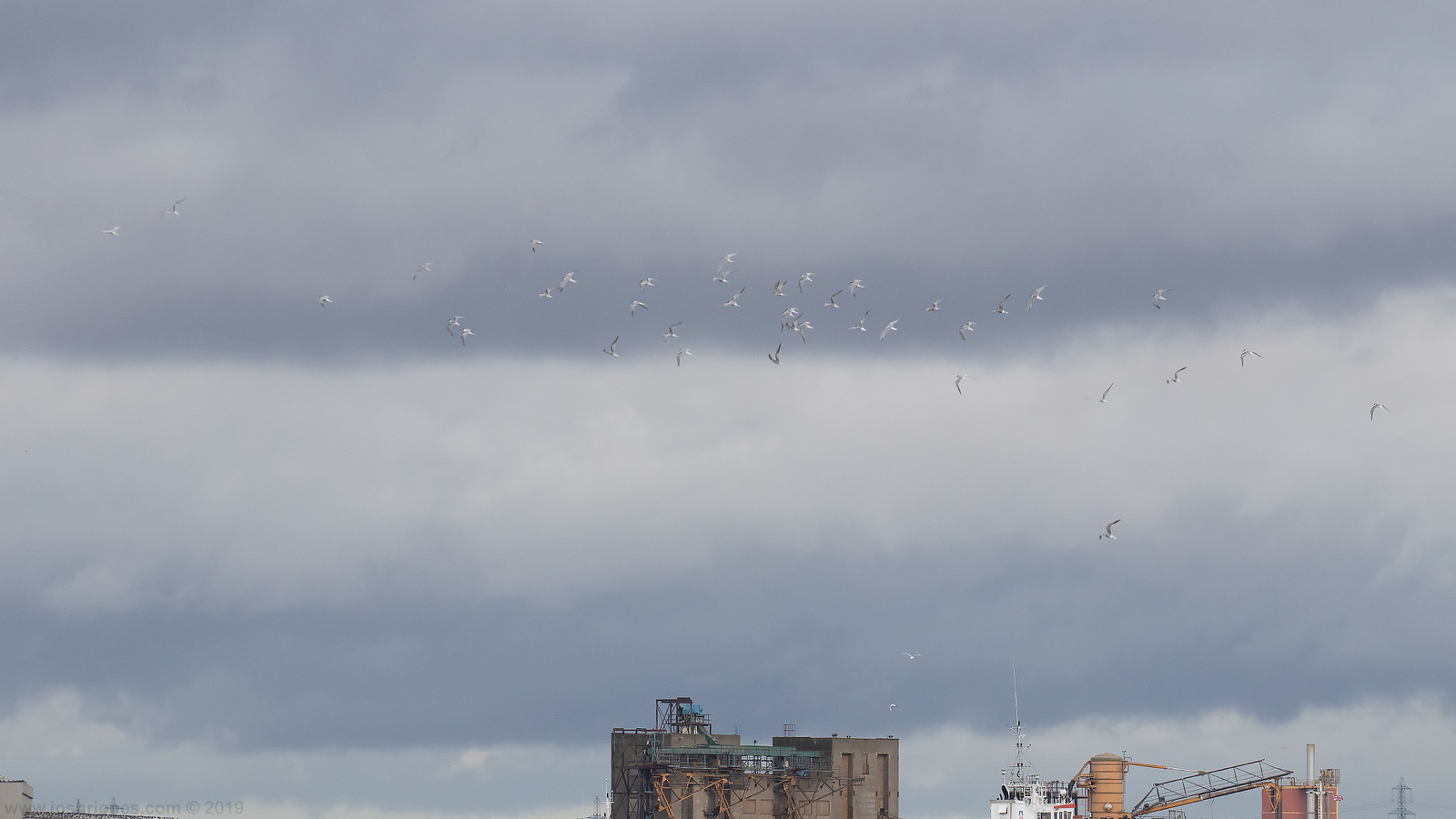
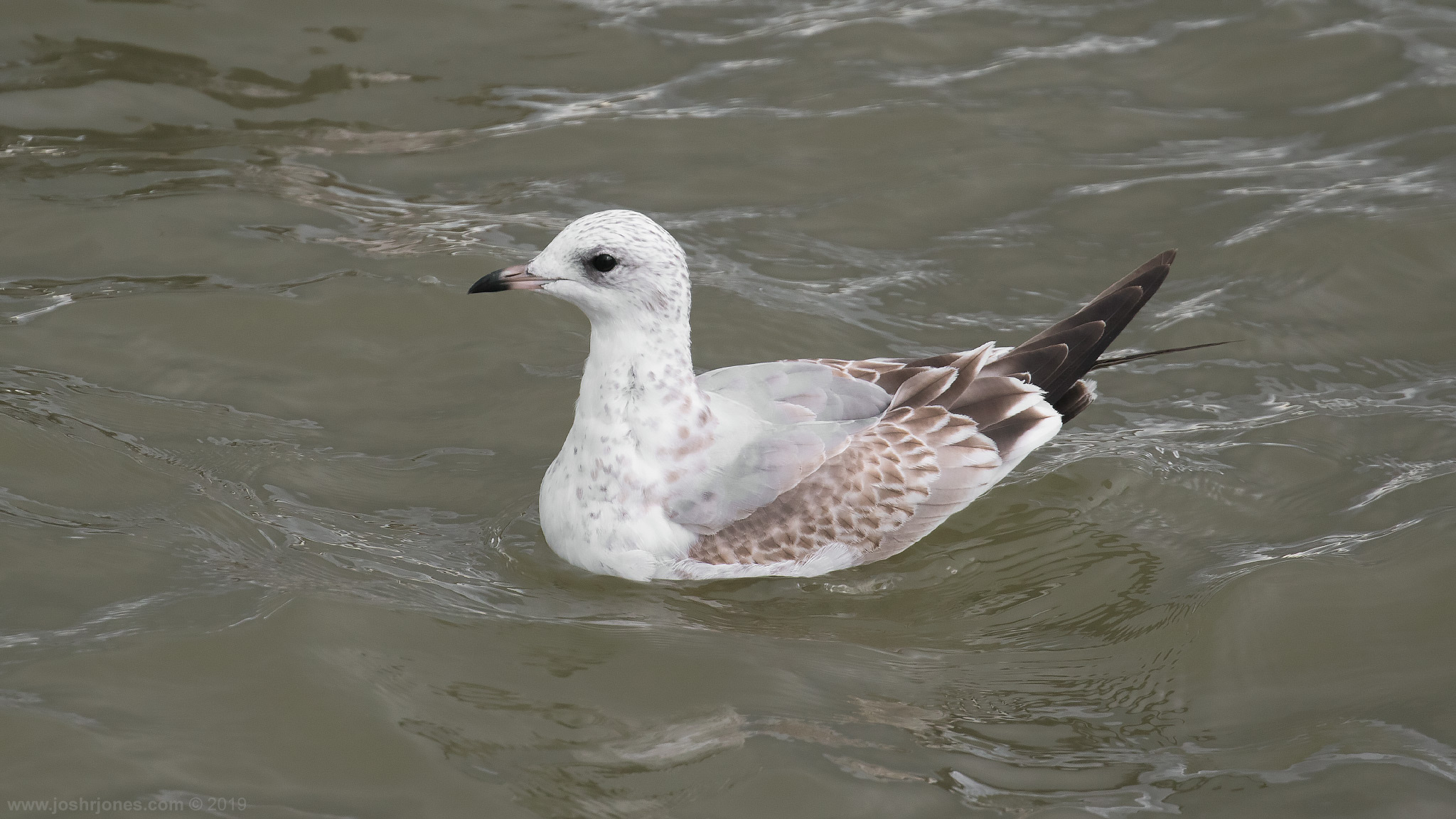
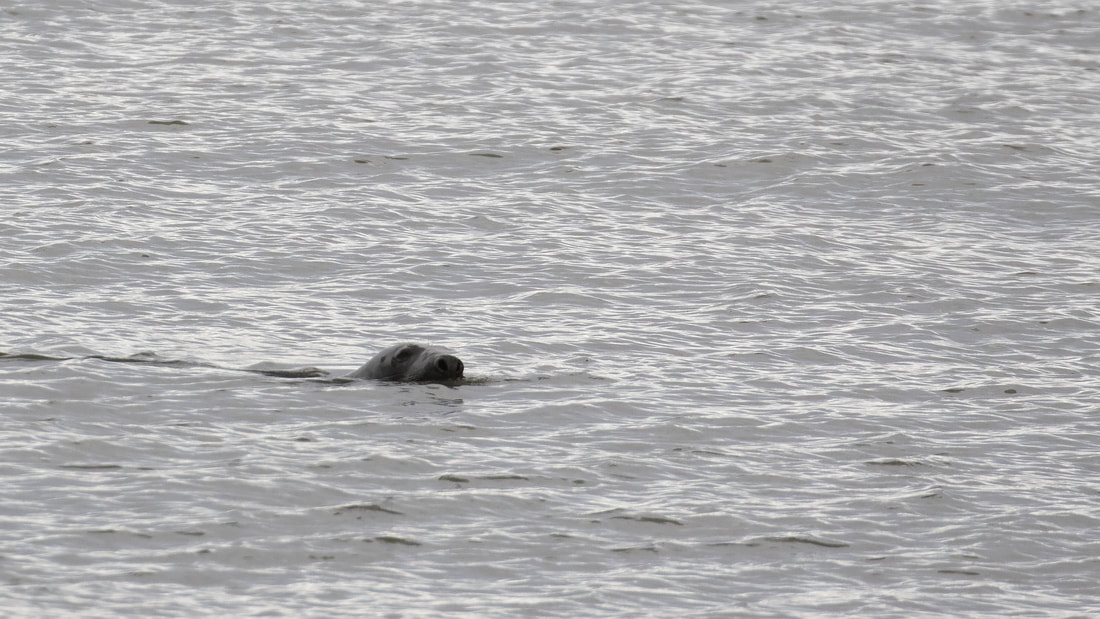
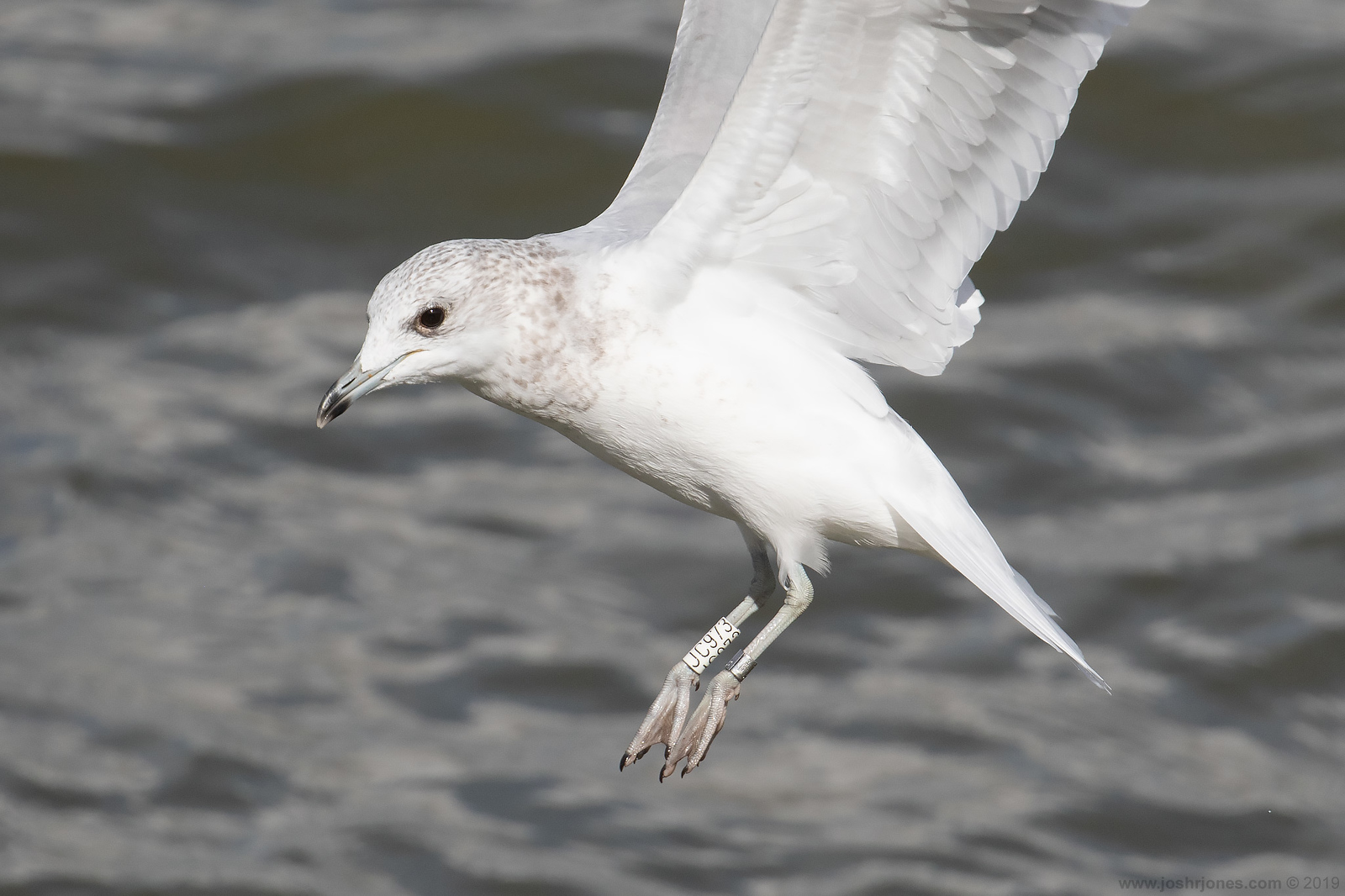
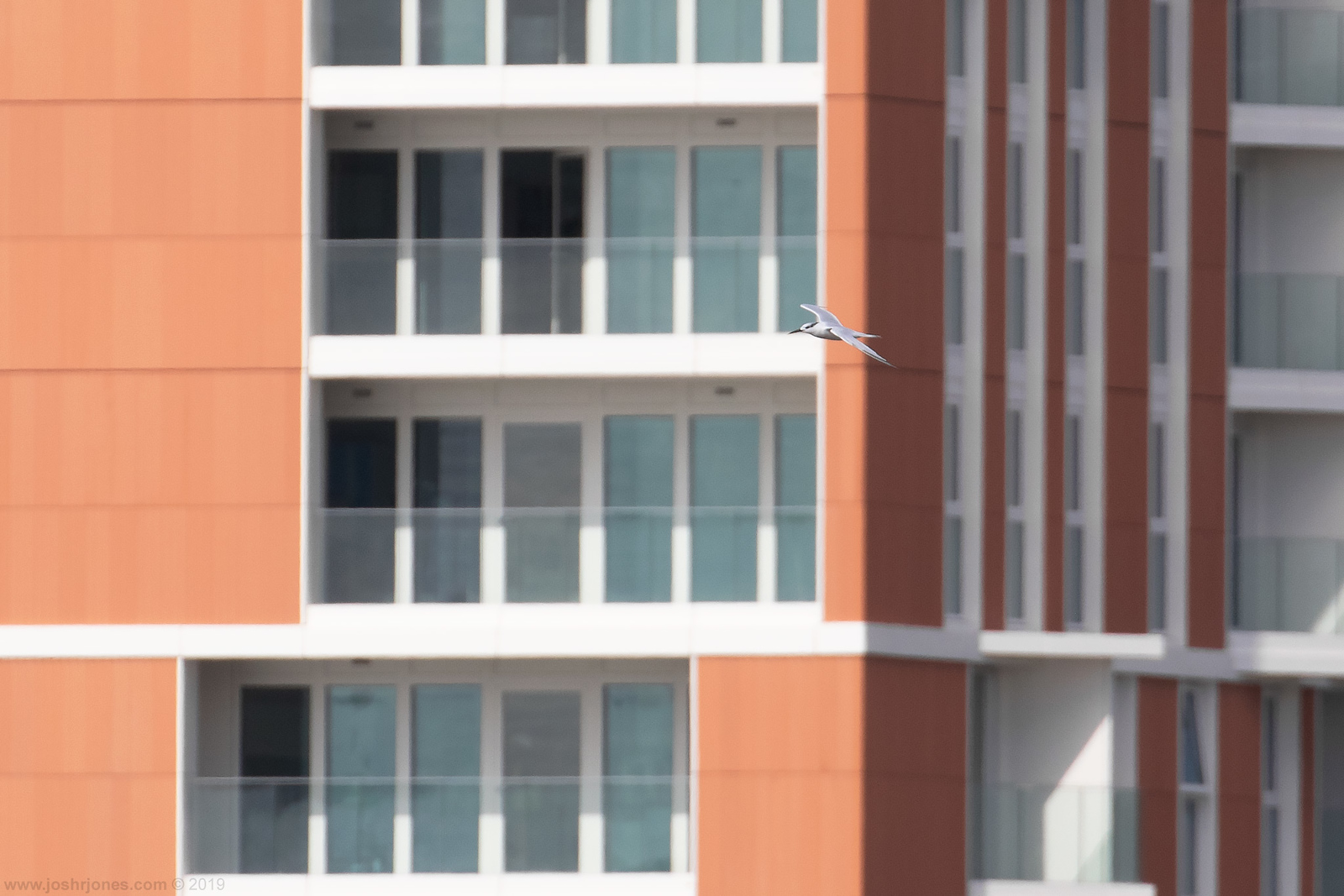
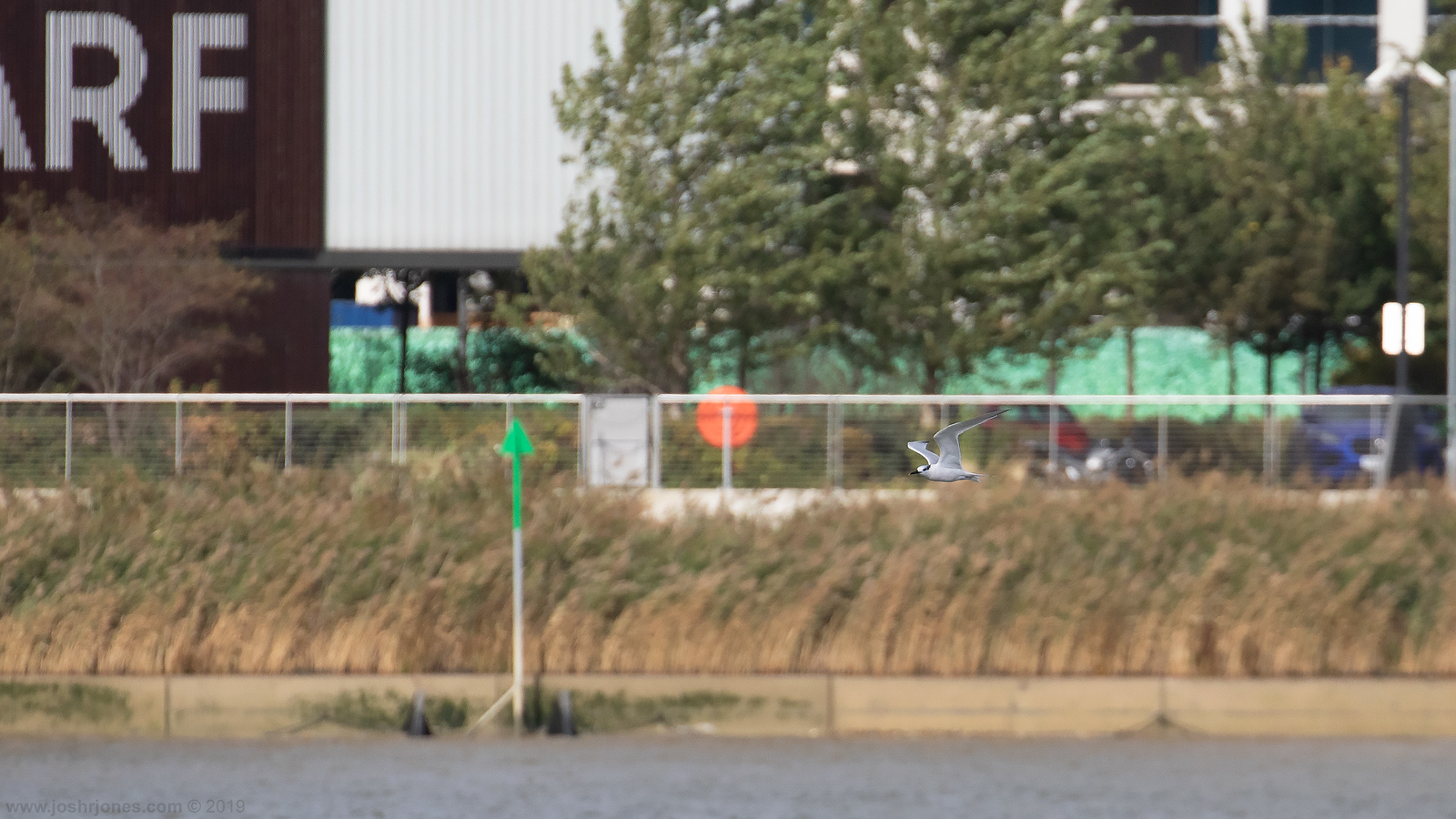
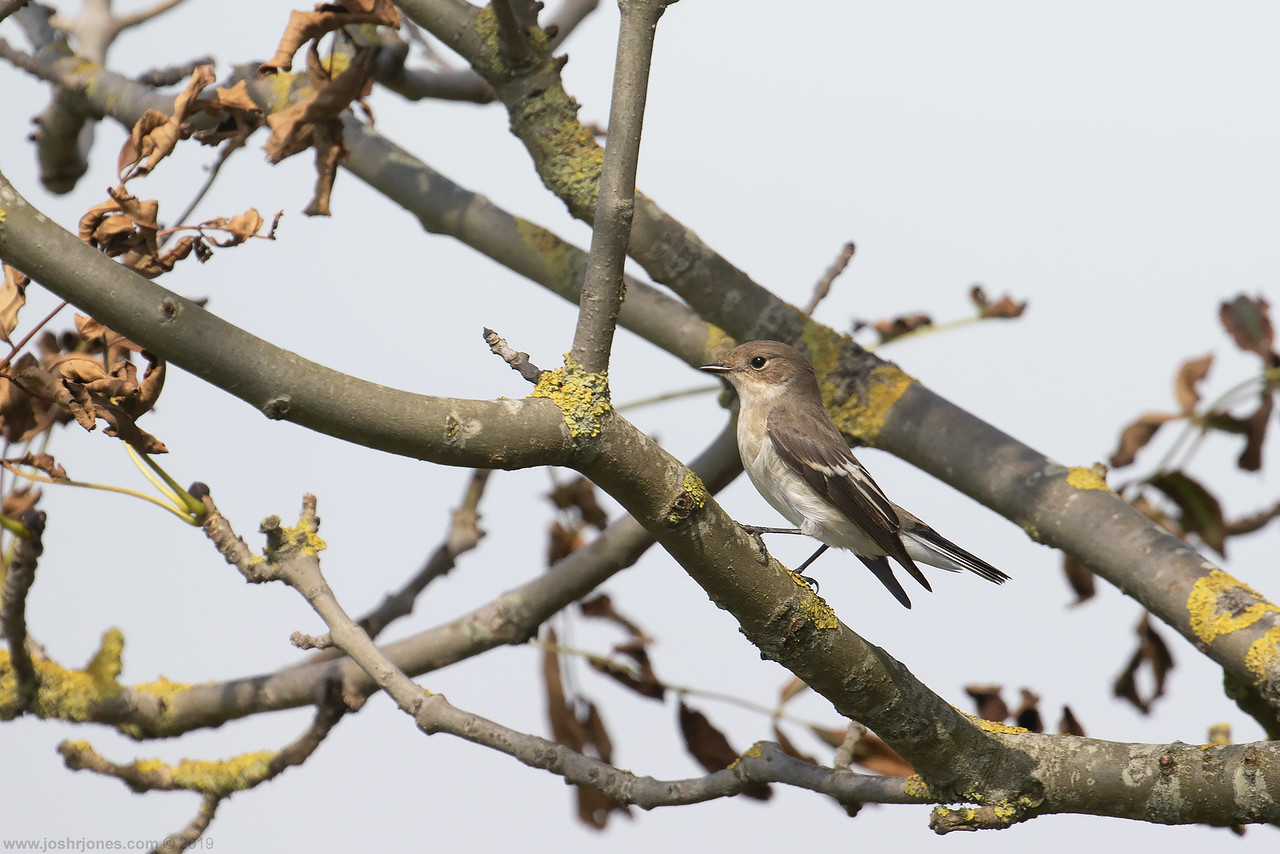
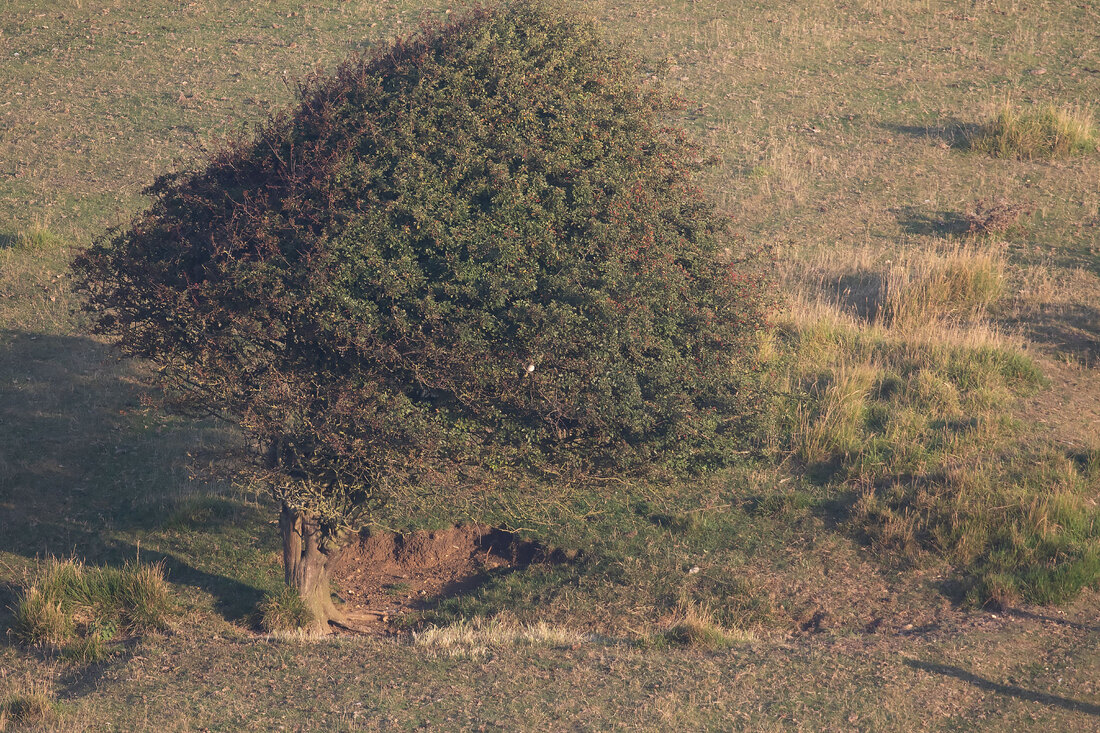

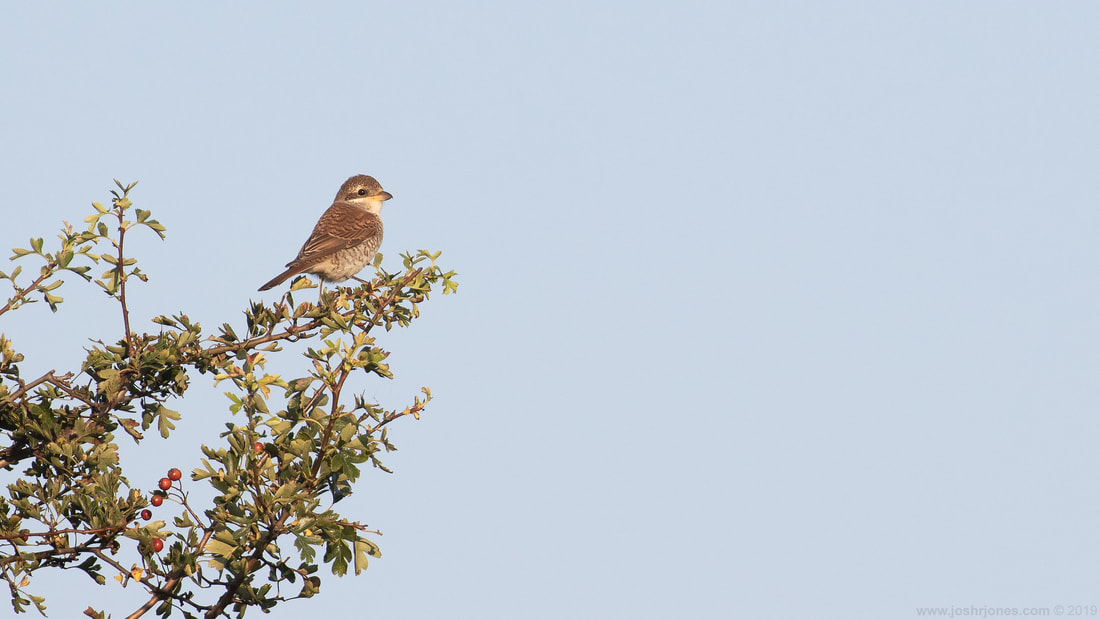
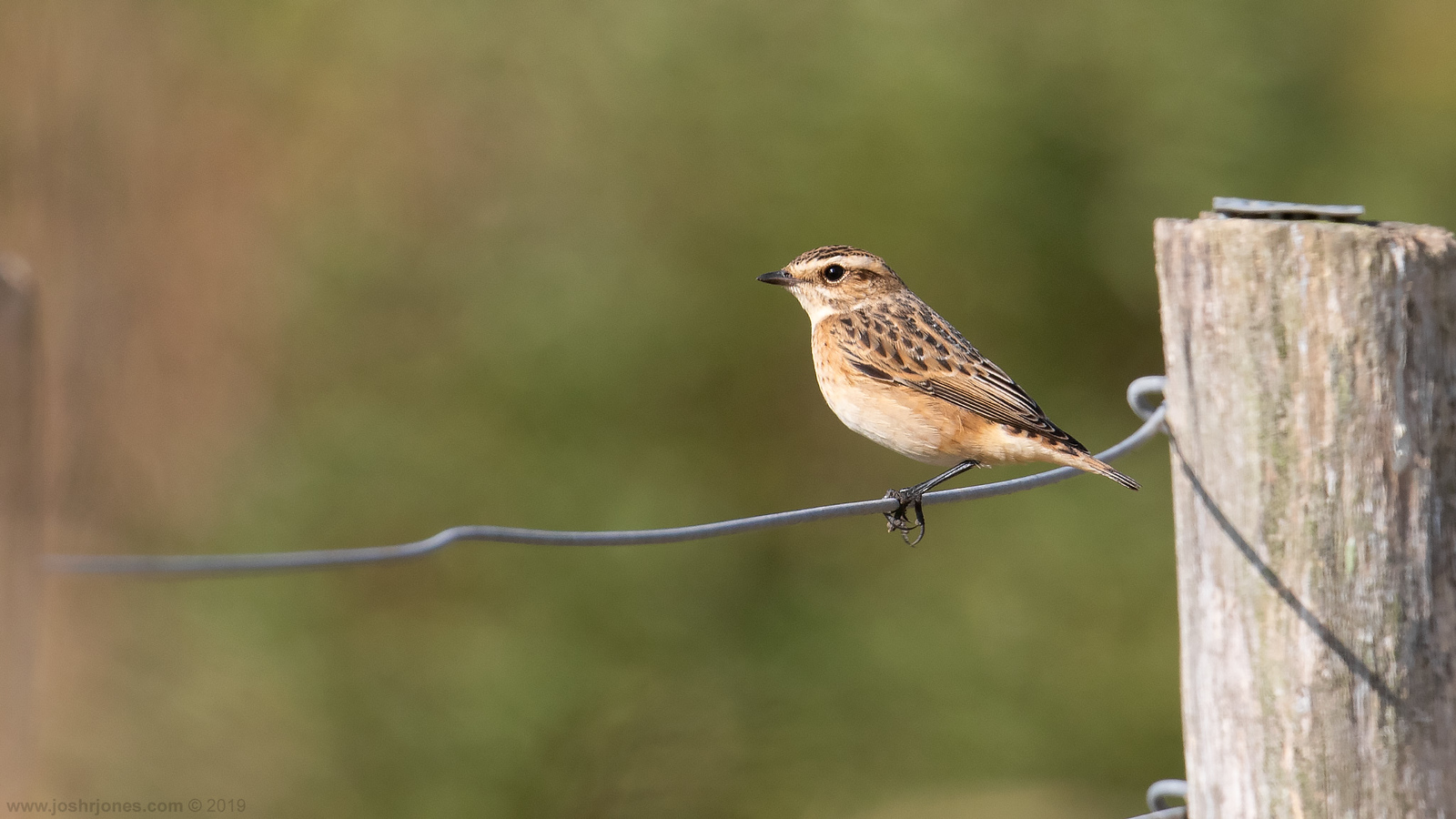
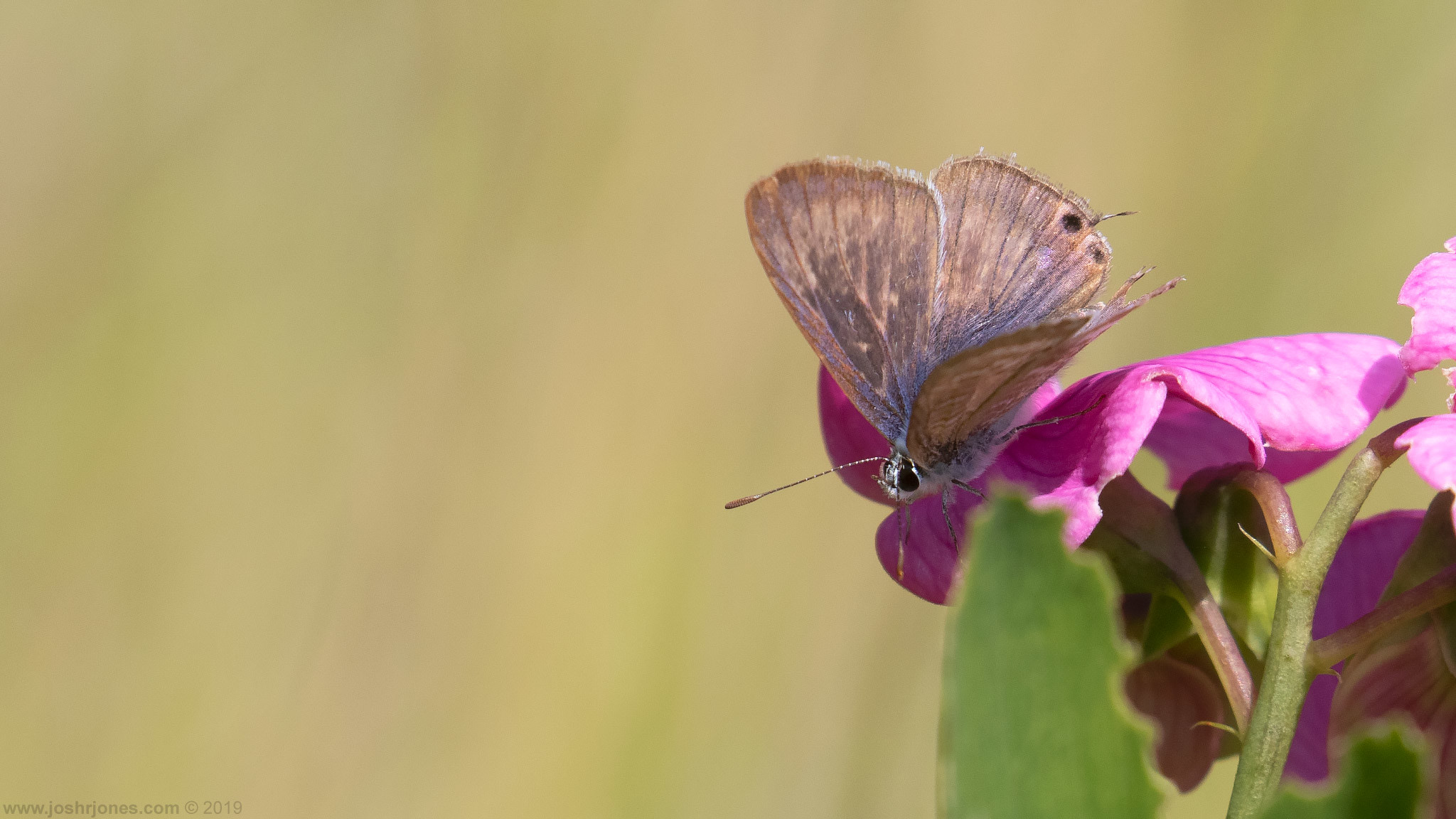
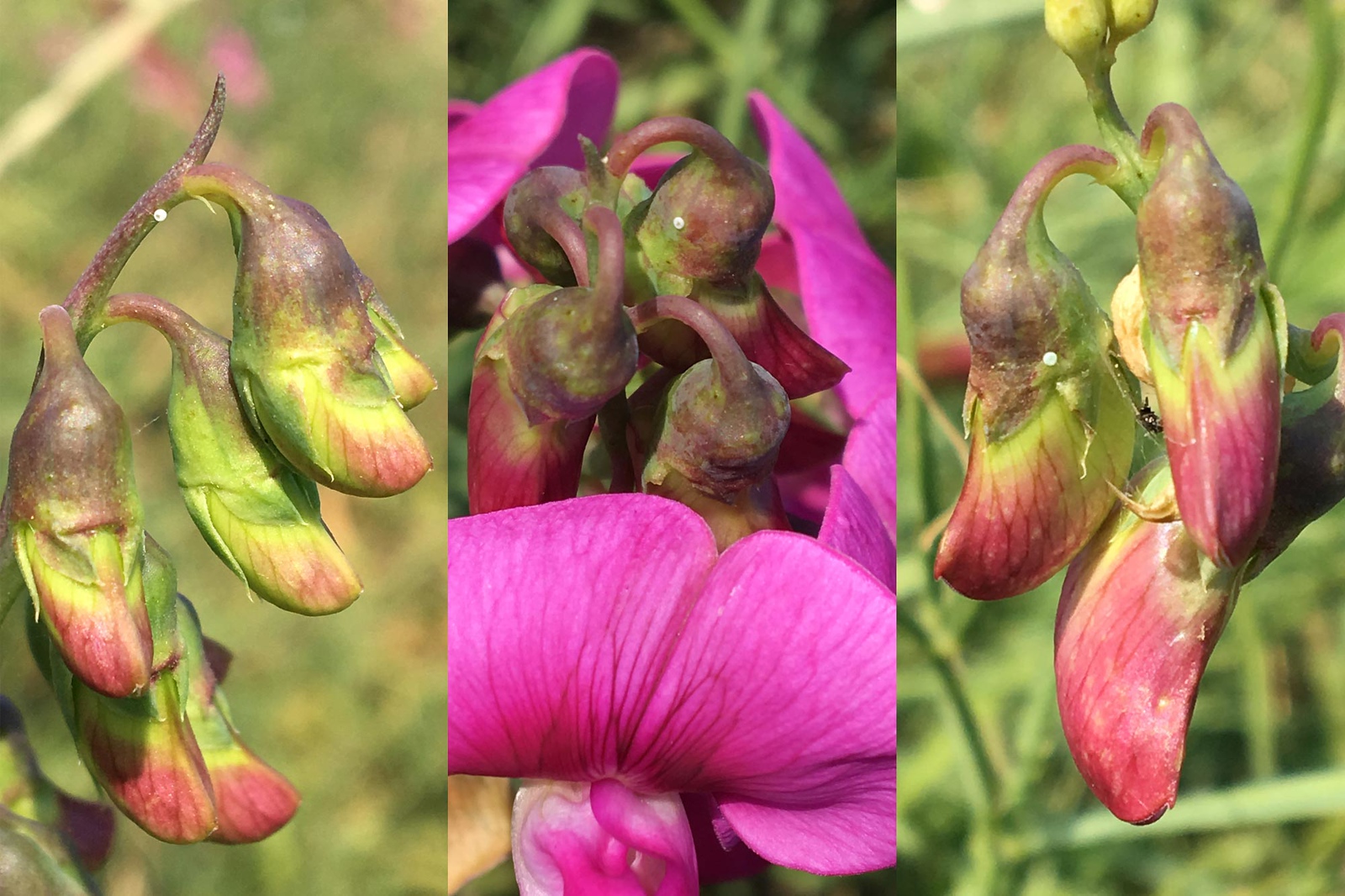
 RSS Feed
RSS Feed